Former Residence of Katharine Dexter McCormick: Biologist, Suffragist, Socialite Smuggler, Millionaire Philanthropist & Patron of the Pill
Introduction
Text-to-speech Audio
During her lifetime, Katharine Dexter McCormick (1875-1967) fearlessly pioneered the future of women’s rights in innumerable ways. McCormick was one of MIT’s early female graduates, earning an SB in Biology in 1904. While at MIT, she resided with her mother at 393 Commonwealth Avenue. This family home remained one of her residences until her death at age 92.
McCormick’s leadership in women’s suffrage spanned her early involvement with local Massachusetts organizations to her positions as Vice President and Treasurer of the two-million-member strong National American Woman Suffrage Alliance (NAWSA) and internationally, as Corresponding Secretary and Board Member of the International Woman Suffrage Association (IWSA). Determined to continue empowering women after passage of the 19th Amendment, she later turned her focus to gaining women access to birth control. At a time when women’s contraception lived in the shadows, McCormick became an unlikely smuggler, successfully entering hundreds of banned diaphragms into the US, often having them sewn into the latest fashions she’d purchased in Europe.
Arguably her most important contribution, however, was single-handedly funding the development and commercialization of the world’s first birth control pill.
Images
Katharine Dexter McCormick and Mrs. Charles Parker, circa April 22, 1913
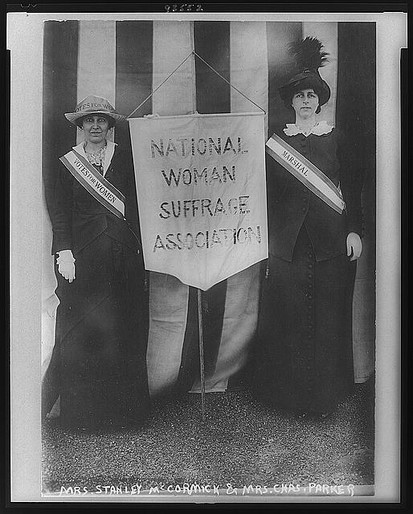
Katharine Dexter McCormick (no date)
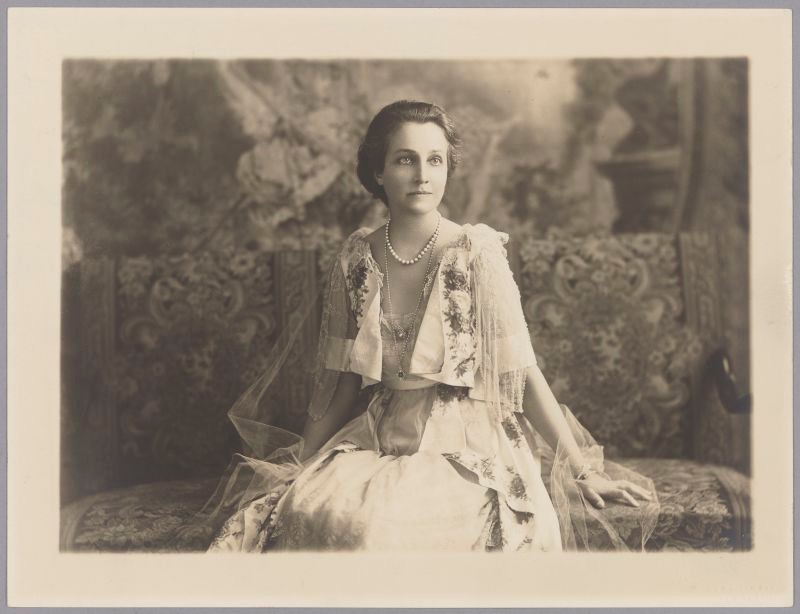
Katharine Moore Dexter as a child, photographed in Chicago
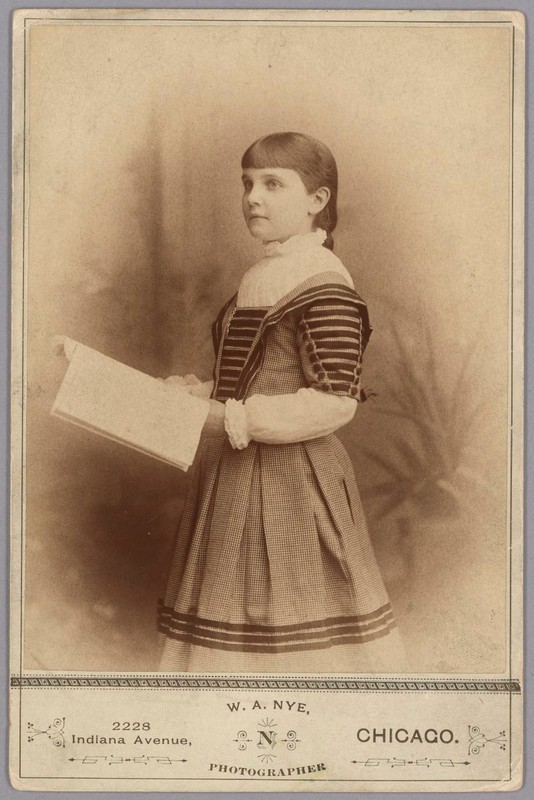
393 Commonwealth Avenue, 1901
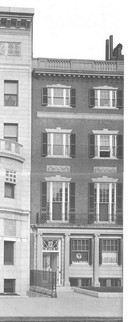
Katharine Moore Dexter McCormick with dog (no date)
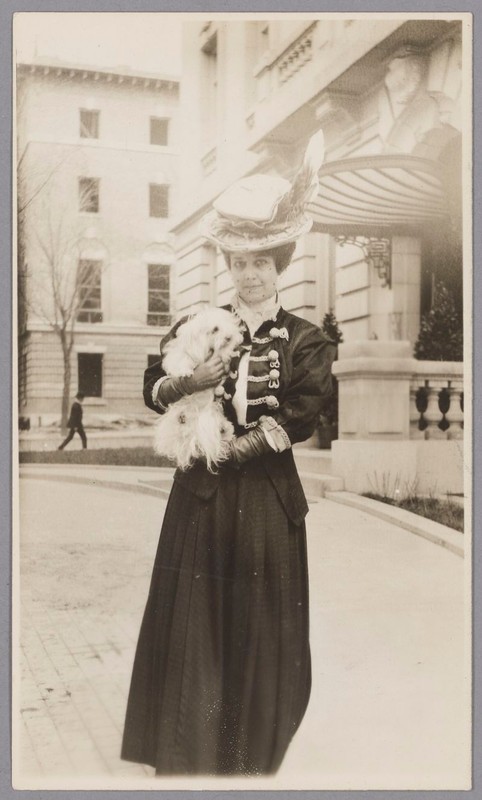
Katharine Dexter McCormick in a laboratory during her time at MIT
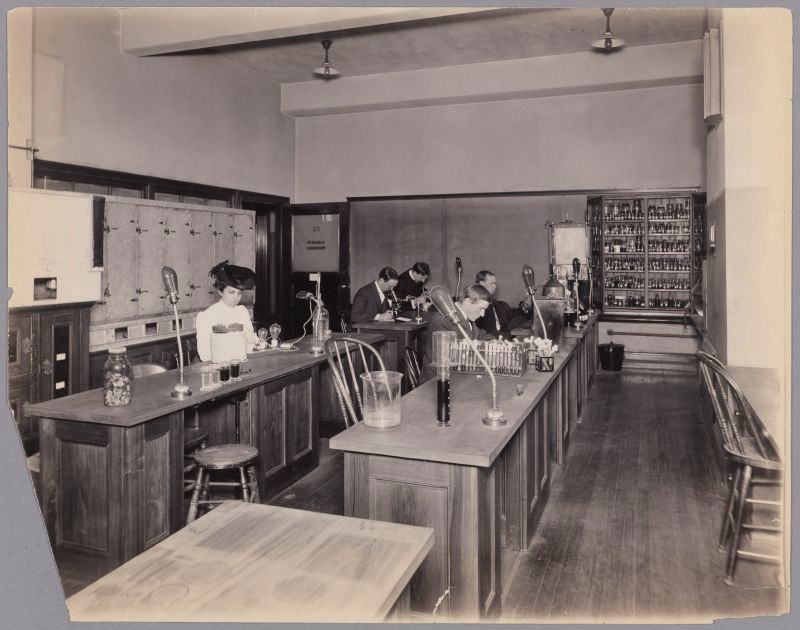
Katharine Moore Dexter McCormick in Geneva with her husband, Stanley
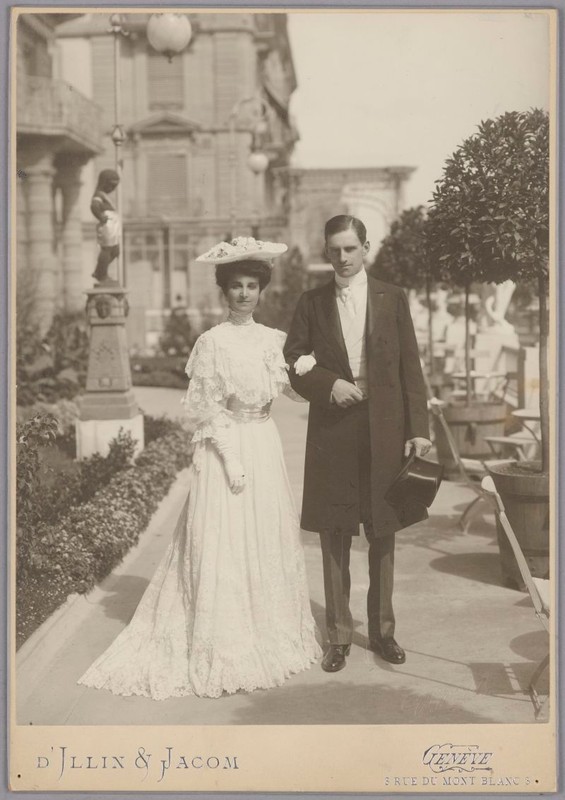
On May 21 1910, Katharine and other MWSA members took part in NAWSA’s first suffrage parade, marching through New York City along with an estimated 10,000 participants. This was Katharine’s first experience in a suffrage parade. Scenes from the parade - the largest of its kind in the US at that time - are shown in this New York Times clipping from May 29, 1910.
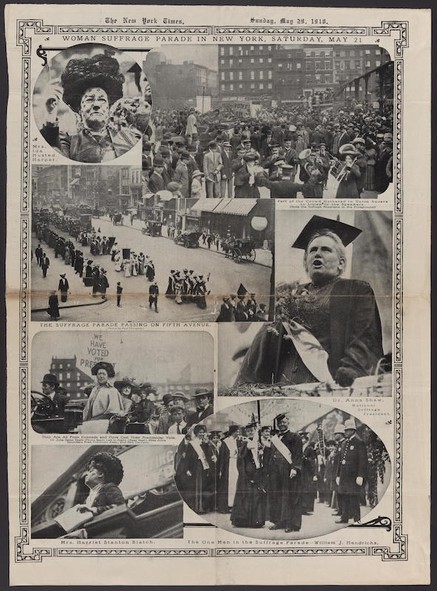
The Board of the International Woman Suffrage Alliance. Katharine Dexter McCormick appears standing on the far left of the photo.
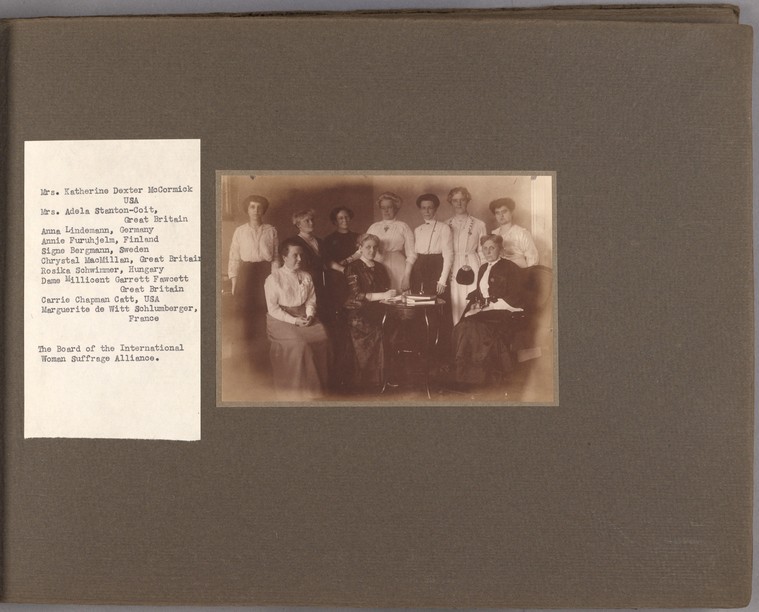
Cover Official program woman suffrage procession. Washington, D. C. March 3, 1913.
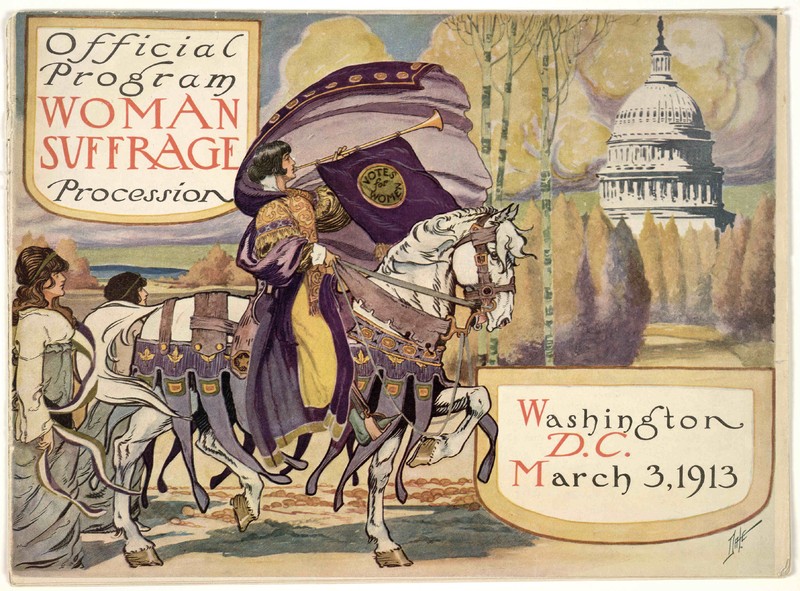
Official program woman suffrage procession. Washington, D. C. March 3, 1913, , Katharine Dexter McCormick listed as NWSA Treasurer.
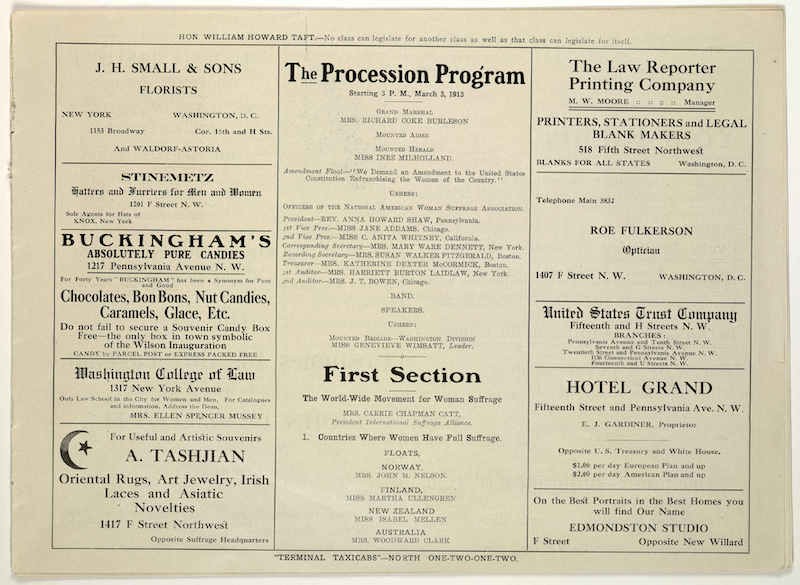
Katharine Dexter McCormick was listed in the roster of NAWSA Officers who marched in the 1913 Washington DC parade, likely in the section behind the ushers dressed in white
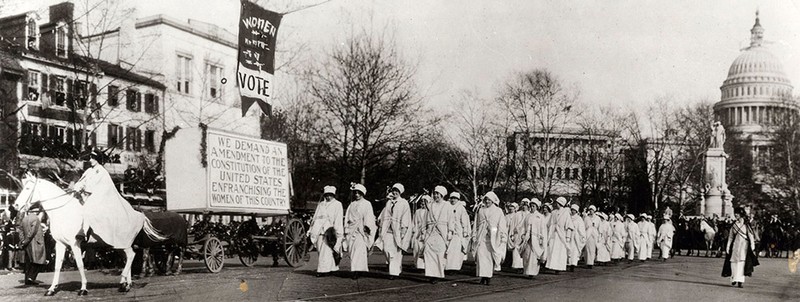
Katharine Dexter McCormick and Mrs. Herbert Carpenter at a 1917 Chicago Suffragist Rally
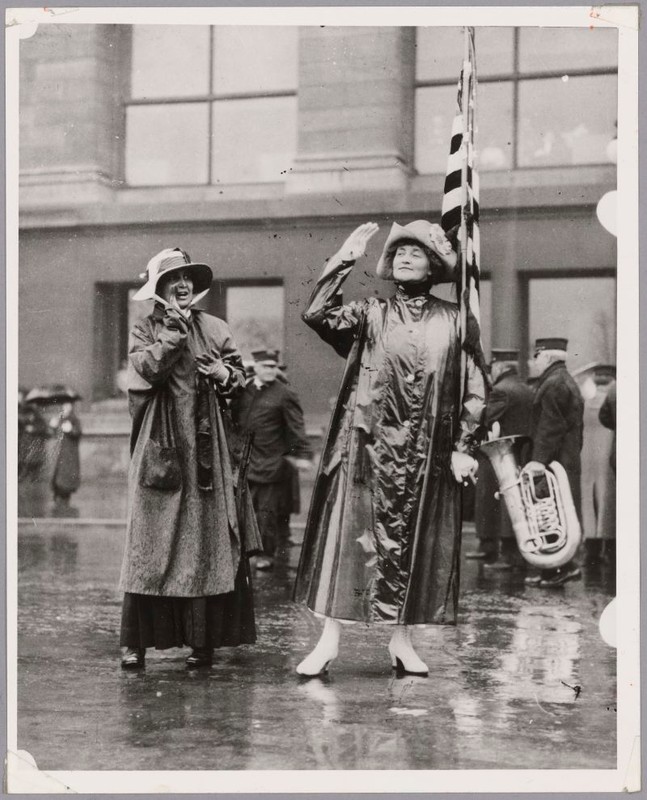
Graduation and Attrition Data for Men and Women in the MIT Classes of 1960-1969. Table is from a 1970 report by Emily Wick (PhD 51’), who was MIT’s first female tenured Professor and Associate Dean of Student Affairs from 1965-1971
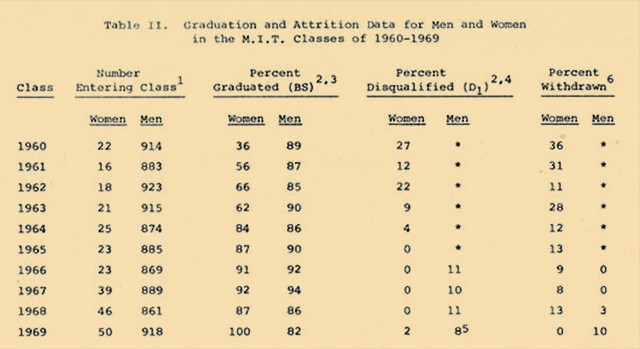
A Century of MIT at a Glance: Number of women students at MIT (1900-2007). The inauguration of the first wing of McCormick Hall in 1963 led to a significant increase in female enrollment at the time.
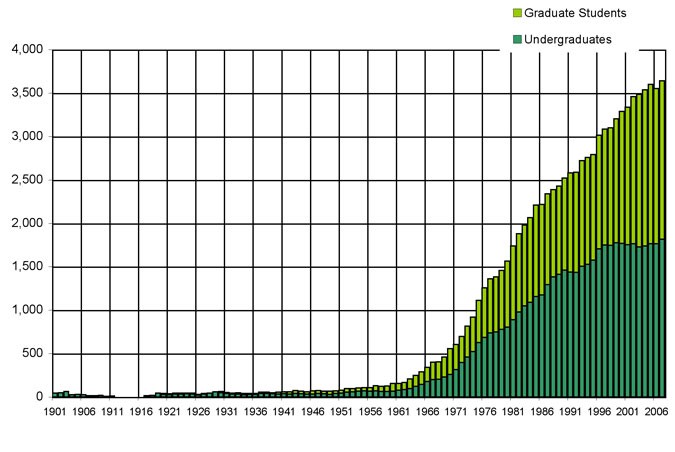
Katharine Dexter McCormick giving a speech at the dedication of Stanley McCormick Hall in 1963
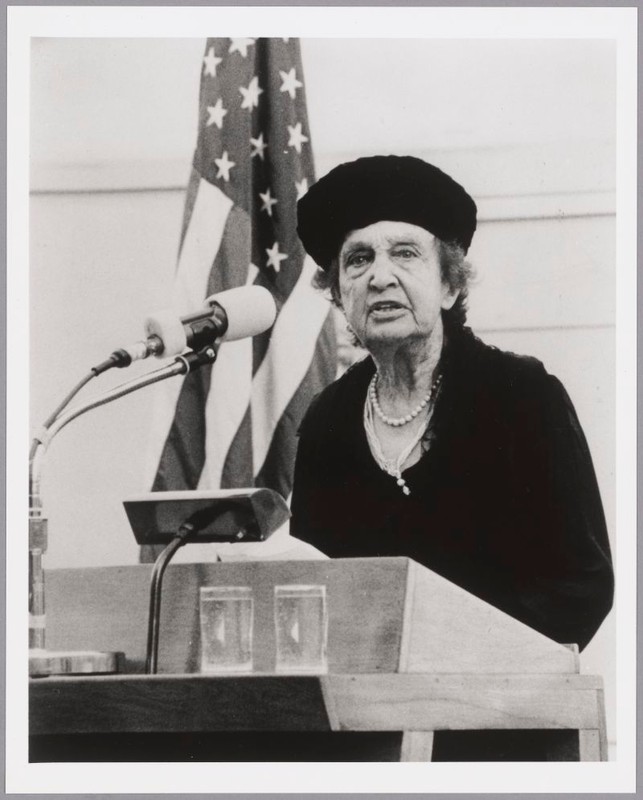
Katharine Dexter McCormick giving a speech at the dedication of Stanley McCormick Hall in 1963
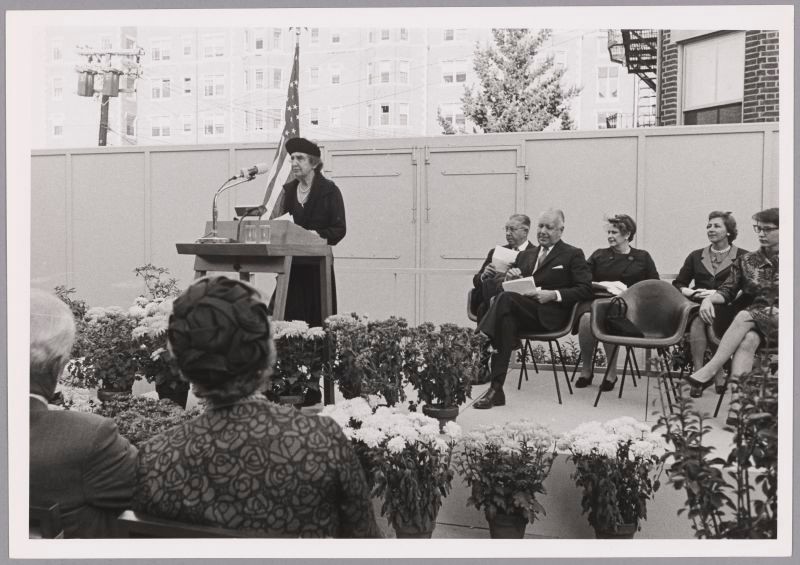
MIT President Howard Johnson and students Karla Hurst (center, President of McCormick Hall) and Maria Kivisild (right, the first female student to be elected President of MIT’s Undergraduate Association) stand by a portrait of the late Katharine Dexter McCormick in Stanley McCormick Hall the day after the East Wing of the dormitory was dedicated. McCormick’s $5,000,000 gift made possible the housing for 226 female students. MIT Photo, March 2 1968

Backstory and Context
Text-to-speech Audio
Early Life
Born on August 27, 1875 in Dexter, Michigan, Katharine hailed from a prominent American legal family with roots going back to her great-grandfather Samuel Dexter III, a U.S. Senator from Massachusetts and President John Adams’ Treasury Secretary. She grew up in Chicago where her father, Wirt Dexter, was a lawyer who championed the rights of the underprivileged. Tragedy struck when she unexpectedly lost him at age 14, followed by the death of her only sibling, Samuel, just four years later.
In 1890, Katharine and her mother, Josephine, moved to Boston and eventually settled in at 393 Commonwealth Avenue, where their residence was constructed from 1899-1900.
MIT and early suffrage activities
Aspiring to become a doctor, young Katharine focused on her education, eschewing traditional expectations of women at the time. In 1896, she passed MIT’s entrance exam and was admitted as a ‘special’ non-degree student. She was determined, however, to overcome the obstacles standing in the way of her obtaining a degree from the Institute. After completing three years of preparatory courses at MIT, Katharine gained admittance as a regular degree-seeking undergraduate. She majored in Biology, undeterred by the fact that she was often the sole woman in class.
Katharine continued to confront the status quo in other ways as well. In a move characteristic of her resolve, she defied MIT’s strict female dress code by refusing to wear a hat in chemistry class. She had already cited the safety hazard the large hats posed in laboratories, but university officials initially attempted to coax her back into compliance. She remained steadfast, however, subsequently proposing that women shouldn’t have to wear hats in any type of MIT classroom whatsoever. Ultimately, she prevailed: the Chemistry Department abandoned the policy, citing none other than the laboratory safety hazard presented by the hats.1
It was during this period that Katharine’s early suffrage activities also began to take shape. In 1900, Boston area students and recent Radcliffe graduate Maud Wood Park founded the College Equal Suffrage League (CESL). Katharine joined as an early member. The CESL was created to organize and expand the suffrage movement’s reach amongst students. After MIT stated the group could not meet on campus, Katharine’s home at 393 Commonwealth Avenue became a meeting place for the budding college suffragists. In June 1904, they gathered there on a different occasion - to celebrate Katharine’s MIT graduation.2
Marriage
In September 1904, Katharine married Stanley McCormick, a member of her former Chicago social circle and an heir to the vast McCormick mechanical reaper harvesting fortune. Two years later, Stanley was diagnosed with schizophrenia. His condition worsened and over the next several decades, he remained confined to the constant care of a dedicated medical team at Riven Rock in California. Until his passing in 1947, Katharine remained unwavering in overseeing his care and funding research to improve treatment methods for his illness. The loss of her husband to schizophrenia had other lasting impacts, one of them being that she never had children.
The fight for suffrage
In 1907, Katharine served as CESL’s Massachusetts representative at the annual national NAWSA convention. There, she met prominent suffragist leaders such as NAWSA President Reverend Anna Howard Shaw, with whom she would later work in the national organization.
Continuously expanding her range of activities, Katharine, along with several other MIT alumnae, participated in the 1909 Votes For Women summer tour throughout Massachusetts, speaking “to about 700 people a day.”3 Energized by the tour, Katharine subsequently gave speeches at Boston Common with fellow members of the Massachusetts Woman Suffrage Alliance (MWSA), flouting all conventions of the time regarding the impropriety of women’s public speaking. On May 21 1910, Katharine and other MWSA members joined NAWSA’s first suffrage parade, marching through New York City along with ~10,000 participants - the largest parade of its kind in the US at the time.4 The movement was gaining momentum, as was Katharine’s role in it.
Within a few years, Katharine had assumed increasing levels of responsibility within several different suffrage organizations. By the early 1910’s, she had served as MWSA’s elected auditor, NAWSA’s Massachusetts Chapter Representative, and was “also elected membership chair of the College Equal Suffrage League.”5 In her CESL role, she launched recruitment events out of 393 Commonwealth Avenue, building up the number of college-aged women who were likely to later join NAWSA.6
She demonstrated a talent for management, strategic thinking and financial planning. Likewise, Katharine stood out in her ability to identify and build on links between these organizations. In 1911, Katharine “was appointed an at-large member of the NAWSA Board.”7 Soon after, she also became a Board member and Corresponding Secretary of the International Woman Suffrage Alliance (IWSA), headed by Carrie Chapman Catt. Katharine’s fluency in German and French, and her extensive travel background overseas, proved invaluable in this role as she helped elevate the organization’s international profile.8
By 1914, her leadership roles had grown to include NAWSA Treasurer and NAWSA Vice President. In her official capacity, she effectively managed the budget and increased the funding base of the two-million-member organization, trained state delegates, gave speeches, and participated in key suffrage parades, including the historic 1913 Washington DC Parade and 1914 Boston Suffrage March9, amongst others.
When the 19th Amendment passed, NAWSA had met its objective and the organization soon ceased operations. In 1920, Katharine co-founded the League of Women Voters10, a national organization born out of NAWSA, and later shifted her attention to birth control. Over the 1950’s-1960’s, she single-handedly funded the research and development of the world’s first birth control pill.
In her 80’s at the time, she lived to see the FDA approve the first birth control pill in 1960, a defining moment and catalyst in women’s sexual liberation.
Philanthropic Legacy
McCormick’s philanthropy left an enduring mark on a wide variety of institutions, from museums to universities, research laboratories, hospitals, and beyond. Her $5 million donation to the Planned Parenthood Foundation (>$45 million in 2024 dollars), $5 million donation to Stanford Medical School for women’s education (>$45 million in 2024 dollars), and her role in founding the Santa Barbara Museum of Art are just a few of numerous examples.11
At MIT, she funded the construction of McCormick Hall, the Institute's first and only women’s dormitory. When arguing for the project, Katharine duly noted a shocking statistic: from the time of her graduation in 1904 to 1960, there had been virtually no increase in female students at MIT. The much needed housing for women led to a significant rise in their enrollment - the number of incoming female students doubled within just five years of the dormitory’s first wing opening in 1963.12
When McCormick passed away in 1967, she left a substantial portion of her multi-million dollar estate to MIT. To this day, it remains one of the single largest donations to the Institute.
Cite This Entry
Yasmin Sanie-Hay on behalf of Association of MIT Alumnae (AMITA). "Former Residence of Katharine Dexter McCormick: Biologist, Suffragist, Socialite Smuggler, Millionaire Philanthropist & Patron of the Pill." Clio: Your Guide to History. August 19, 2024. Accessed April 17, 2025. https://theclio.com/entry/182675
Sources
- Fields, Armond. Katharine Dexter McCormick. Praeger, 2003, page 33.
- Fields, Armond. Katharine Dexter McCormick. Praeger, 2003, page 32 and 52.
- Letter from August, 1909 describing suffrage activities, housed at Schlesinger Library, Radcliffe College, Cambridge, Massachusetts; Fields, Armond. Katharine Dexter McCormick. Praeger, 2003, page 92.
- “Woman Suffrage Parade in New York,” New York Times, May 29, 1910 (Library of Congress - https://www.loc.gov/resource/rbcmil.scrp60131e01/?sp=1&st=image and https://www.mcny.org/exhibition/woman-suffrage, https://www.loc.gov/resource/rbcmil.scrp60131e01/. Accessed July 21, 2024.
- Fields, Armond. Katharine Dexter McCormick. Praeger, 2003, page 100.
- Fields, Armond. Katharine Dexter McCormick. Praeger, 2003, page 101.
- Fields, Armond. Katharine Dexter McCormick. Praeger, 2003, page 102 (primary source: 1911 NAWSA convention, pp. 324-325, HWS-LC).
- Fields, Armond. Katharine Dexter McCormick. Praeger, 2003, page 103 (primary source: Letter from Carrie Chapman Catt to International Woman Suffrage Alliance membership, May 31, 1911, Carrie Chapman Catt Papers, Library of Congress)
- Boston Sunday Globe Article, May 3, 1914. https://beatleyweb.simmons.edu/suffrage/files/original/2294a8a497f8df8c29f2ade63279b430.jpg . Accessed July 21, 2024.
- Summary of Jubilee Convention and Development of the League of Women Voters, p.1, History of Women Suffrage, Library of Congress.
- Fields, Armond. Katharine Dexter McCormick. Praeger, 2003, page 304 (primary source: February 12, 1968 Katherine Dexter McCormick obituary in the Chicago Tribune), Santa Barbara Museum of Art
- Fields, Armond. Katharine Dexter McCormick. Praeger, 2003, page 297.
1. Suffragists Mrs. Stanley McCormick and Mrs. Charles Parker, April 22, 1913,” Library of Congress, George Grantham Bain collection. https://www.loc.gov/pictures/resource/cph.3b39728/?co=ggbain . Accessed July 21, 2024.
2. Katharine. Courtesy of the MIT Museum. https://mitmuseum.mit.edu/collections/object/GCP-00018160 . Accessed July 21, 2024.
3. Katharine Moore Dexter as a child. Courtesy of the MIT Museum. https://mitmuseum.mit.edu/collections/object/GCP-00018190 . Accessed July 21, 2024.
4. 393 Commonwealth (1901); detail from photograph of 395 Commonwealth; The American Architect (American Architect and Building News), 21Dec1901 (no. 1356), p. 94; https://backbayhouses.org/wp-content/uploads/2022/09/comm-393-aabn-21dec1901.jpg . Accessed July 21, 2024.
5. Katharine Moore Dexter McCormick with dog. Courtesy of the MIT Museum https://mitmuseum.mit.edu/collections/object/GCP-00018164. Accessed July 21, 2024.
6. Katharine Moore Dexter McCormick in laboratory, circa 1890’s. Courtesy of the MIT Museum. https://mitmuseum.mit.edu/collections/object/GCP-00018154 . Accessed July 21, 2024..
7. Katharine Moore Dexter McCormick in Geneva with her husband, Stanley. Courtesy of the MIT Museum. https://mitmuseum.mit.edu/collections/object/GCP-00018172 . Accessed July 21, 2024.
8. New York Times, May 29, 1910 (Library of Congress - https://www.loc.gov/resource/rbcmil.scrp60131e01/?sp=1&st=image. Accessed July 21, 2024.
9. IWSA: New York Public Library, https://digitalcollections.nypl.org/items/510d47e2-f2cb-a3d9-e040-e00a18064a99. Accessed July 21, 2024.
10. Official program, Woman Suffrage Procession. Washington, D. C. March 3, 1913. Library of Congress. https://www.loc.gov/item/rbpe.20801600/. Accessed July 21, 2024
11. Official program, Woman Suffrage Procession. Washington, D. C. March 3, 1913. Library of Congress. https://www.loc.gov/resource/rbpe.20801600/?sp=5&st=image Accessed July 21, 2024
12: Marching. Courtesy of National Archives. https://sos.oregon.gov/archives/exhibits/suffrage/Pages/events/procession.aspx). Accessed July 21, 2024.
13. 1917 Chicago Suffragist Rally. Courtesy of the MIT Museum https://mitmuseum.mit.edu/collections/object/GCP-00018171 Accessed July 27, 2024.
14. Proposal for a New Policy for Admission of Women Undergraduate Students,” by Emily L. Wick, 1970 - 1970, Series 1., Box: 1. Dorothy Bowe Collection on Women at the Massachusetts Institute of Technology, MC-0347. Massachusetts Institute of Technology. Libraries. Department of Distinctive Collections. https://archivesspace.mit.edu/repositories/2/archival_objects/200297.
15. A Century of MIT at a Glance. Vol. XIX No. 2 November / December 2006. MIT Faculty Newsletter. https://web.mit.edu/fnl/volume/192/century.html Accessed July 21, 2024.
16. Katharine Moore Dexter McCormick speaking at the dedication of McCormick Hall. Courtesy of the MIT Museum. https://mitmuseum.mit.edu/collections/object/GCP-00018178 Accessed July 21, 2024.
17. Katharine Moore Dexter McCormick speaking at the dedication of McCormick Hall. Courtesy of the MIT Museum. https://mitmuseum.mit.edu/collections/object/GCP-00018180 Accessed July 21, 2024.
18. Howard Johnson, Karla Hurst and Marla Kivisild with McCormick portrait, 1968. Courtesy of the MIT Museum. https://mitmuseum.mit.edu/collections/object/GCP-00018170 Accessed July 21, 2024.

